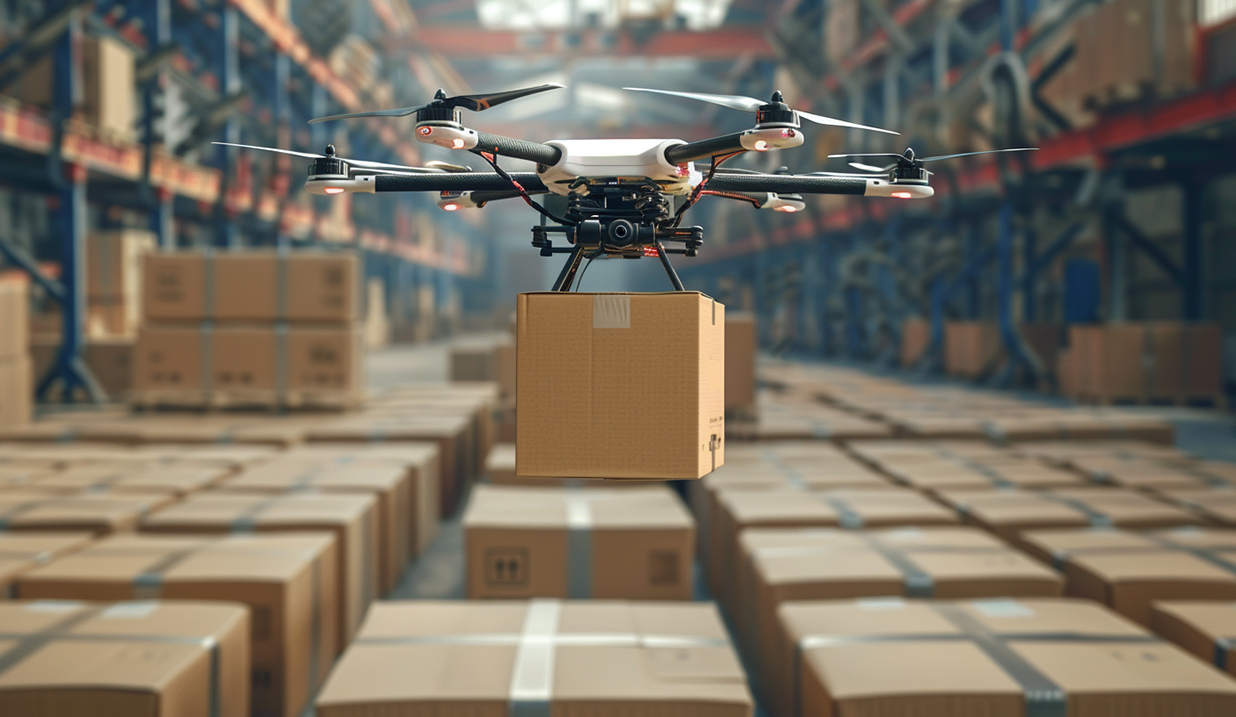
WIRELESS CHARGING IN THE NEWS
With the accelerated penetration of intelligent technology in the agricultural sector, livestock robots are becoming a key tool for enhancing production efficiency. Wireless charging technology, with its characteristics of safety, convenience and strong weather resistance, provides a revolutionary energy solution for agricultural robots. In the livestock breeding scenario, wireless charging technology is mainly applied in the following five core scenarios:
All-weather inspection robot charging network
The inspection robot equipped with environmental monitoring and disease identification functions can achieve autonomous energy replenishment through the wireless charging piles installed in the livestock house. The robot charges in high-frequency paths such as the feeding trough area and aisle nodes through contact during operation intervals, eliminating the safety hazards of traditional plug-in charging and ensuring 24-hour continuous health monitoring of the livestock herd.
2. Dynamic energy supply by precise feeding robots
The feeding robot equipped with an intelligent weighing and feeding system can obtain energy through the electromagnetic resonance charging plate buried in the ground during its travel route. When the robot performs the fixed-point feeding task, the charging plate is automatically activated for non-contact power transmission, ensuring the continuous feeding capacity under high-load operation.
3. Energy management of the milking robot workstation
In the modern rotary milking system, the wireless charging module is integrated into the robot's standby workstation. After each milking process is completed, the robotic arm automatically returns to the charging area. It replenishes energy consumption through magnetic coupling technology, solving the wear problem existing in the traditional sliding contact power supply and extending the service life of the equipment.
4. The grazing monitoring robot moves and charges
For grazing robots in grassland pastoral areas, a mobile energy network can be constructed in combination with solar wireless charging base stations. The robot autonomously navigates to the distributed charging points based on GPS positioning, completing rapid outdoor charging without human intervention, significantly expanding the monitoring range to remote pastures that are difficult to reach with traditional power sources.
5. Intelligent energy dispatching of cleaning robots
The manure and sewage treatment robot acquires energy through the wireless power supply track suspended from the top of the livestock house and realizes "charging while working" during the cleaning operation. The intelligent control system dynamically adjusts the charging power based on the task load, and optimizes the power utilization rate in combination with the robot's movement trajectory, reducing the overall energy consumption by more than 30%.
The large-scale application of wireless charging technology not only solves the operation and maintenance pain point of frequent charging for agricultural robots, but also its closed structure design can effectively resist the invasion of harsh environments such as dust and moisture. With breakthroughs in technologies such as magnetic resonance and radio frequency charging, the future will accelerate the evolution of the livestock industry towards fully unmanned and intelligent processes.







